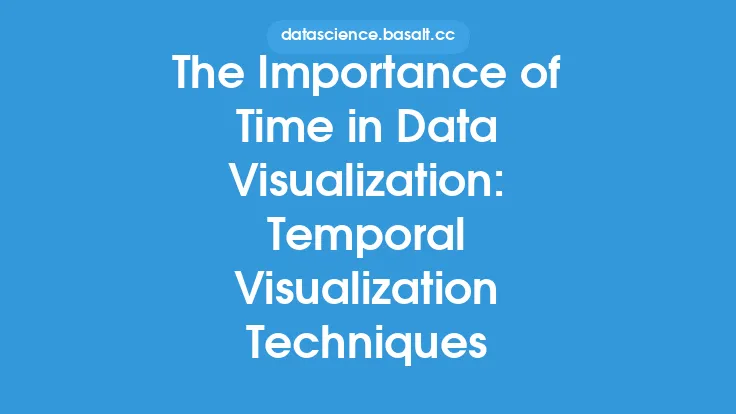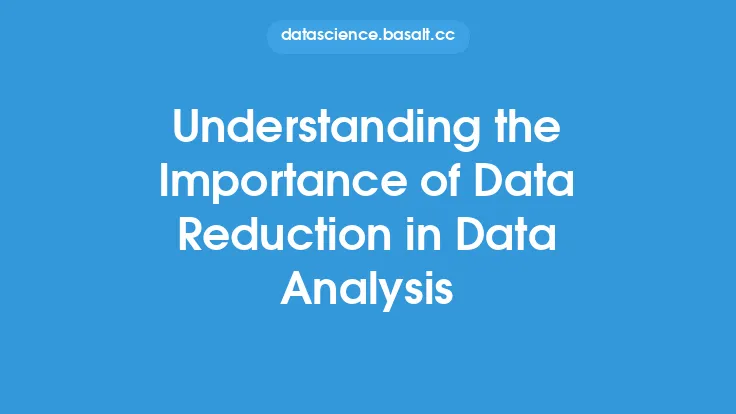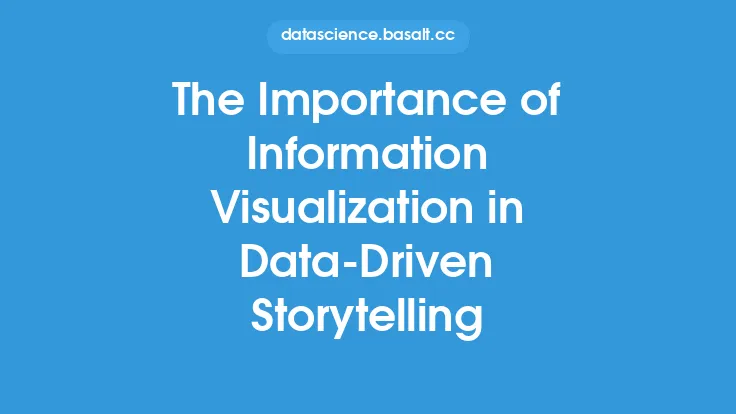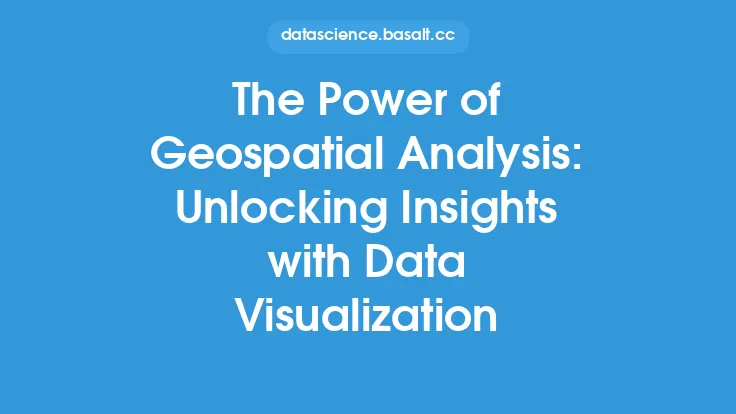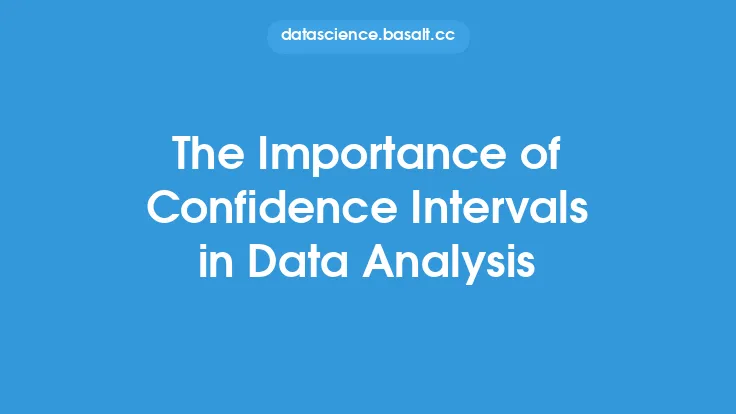Network visualization is a crucial aspect of data analysis, enabling researchers and analysts to gain insights into complex relationships and patterns within large datasets. By representing data as a network of interconnected nodes and edges, visualization techniques can help to identify clusters, communities, and other structural properties that may not be immediately apparent from raw data. This approach has become increasingly important in a wide range of fields, from social network analysis and epidemiology to biology and computer science.
What is Network Visualization?
Network visualization is the process of creating graphical representations of networks, which are collections of objects (nodes or vertices) connected by relationships (edges or links). These visualizations can take many forms, including node-link diagrams, adjacency matrices, and arc diagrams, each with its own strengths and weaknesses. Node-link diagrams, for example, are commonly used to represent social networks, where nodes represent individuals and edges represent friendships or other relationships. Adjacency matrices, on the other hand, are often used to represent large, dense networks, where the presence or absence of an edge between two nodes is indicated by a cell in a matrix.
Types of Network Visualization
There are several types of network visualization, each suited to specific types of data and analysis tasks. Static visualizations are used to represent networks at a single point in time, while dynamic visualizations can show how networks change and evolve over time. Interactive visualizations, which allow users to manipulate the visualization and explore the data in more detail, are becoming increasingly popular, particularly in applications such as data journalism and business intelligence. Additionally, there are different layout algorithms used to position nodes in a network visualization, such as force-directed layout, circular layout, and hierarchical layout, each of which can reveal different aspects of the network's structure.
Benefits of Network Visualization
The benefits of network visualization are numerous. By representing complex data in a visual format, analysts can quickly identify patterns and relationships that may not be apparent from raw data. Network visualization can also help to identify clusters and communities, which can be useful in applications such as customer segmentation and social network analysis. Furthermore, network visualization can facilitate the communication of complex ideas and insights to non-technical stakeholders, making it an essential tool for data scientists and analysts. The ability to visualize networks can also aid in the detection of anomalies and outliers, which can be critical in applications such as fraud detection and cybersecurity.
Technical Aspects of Network Visualization
From a technical perspective, network visualization involves several key steps, including data preparation, layout, and rendering. Data preparation involves cleaning and preprocessing the data, which can include tasks such as handling missing values and transforming data into a suitable format. Layout algorithms are then used to position nodes in a way that minimizes overlap and crossing of edges, while rendering involves drawing the nodes and edges on the screen. There are many software libraries and tools available for network visualization, including Gephi, NetworkX, and Cytoscape, each of which has its own strengths and weaknesses. Additionally, web-based technologies such as D3.js and Sigma.js are becoming increasingly popular for creating interactive network visualizations.
Applications of Network Visualization
Network visualization has a wide range of applications, from social network analysis and epidemiology to biology and computer science. In social network analysis, network visualization can be used to study the structure and dynamics of social networks, including the spread of information and influence. In epidemiology, network visualization can be used to model the spread of diseases and identify key individuals or groups who are most likely to spread the disease. In biology, network visualization can be used to represent protein-protein interactions, gene regulatory networks, and other complex biological systems. In computer science, network visualization can be used to represent computer networks, including the internet and other communication networks.
Challenges and Limitations of Network Visualization
Despite the many benefits of network visualization, there are also several challenges and limitations. One of the main challenges is scalability, as large networks can be difficult to visualize and interpret. Another challenge is the choice of layout algorithm, as different algorithms can produce different results and some may be more suitable for certain types of data than others. Additionally, network visualization can be limited by the quality of the data, as poor-quality data can lead to misleading or inaccurate visualizations. Finally, network visualization can be time-consuming and require significant computational resources, particularly for large and complex networks.
Future Directions of Network Visualization
The future of network visualization is likely to involve the development of new and more sophisticated visualization techniques, including the use of machine learning and artificial intelligence to analyze and interpret complex networks. Additionally, the increasing availability of large and complex datasets is likely to drive the development of new tools and technologies for network visualization, including more efficient layout algorithms and more effective methods for visualizing dynamic and evolving networks. The integration of network visualization with other data visualization techniques, such as geographic information systems (GIS) and text analysis, is also likely to become more important in the future, as researchers and analysts seek to gain a more comprehensive understanding of complex systems and phenomena.
